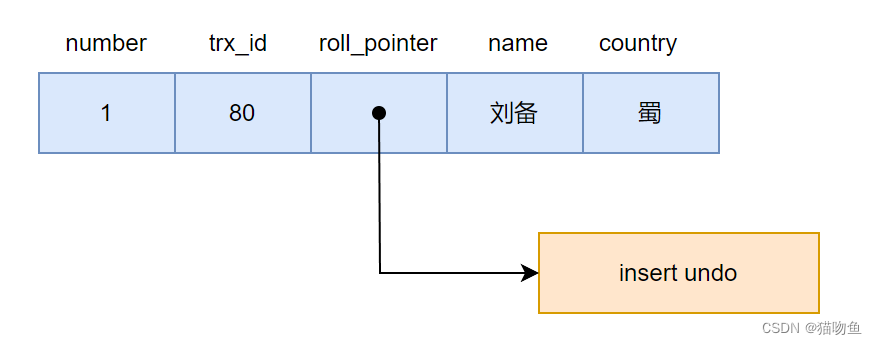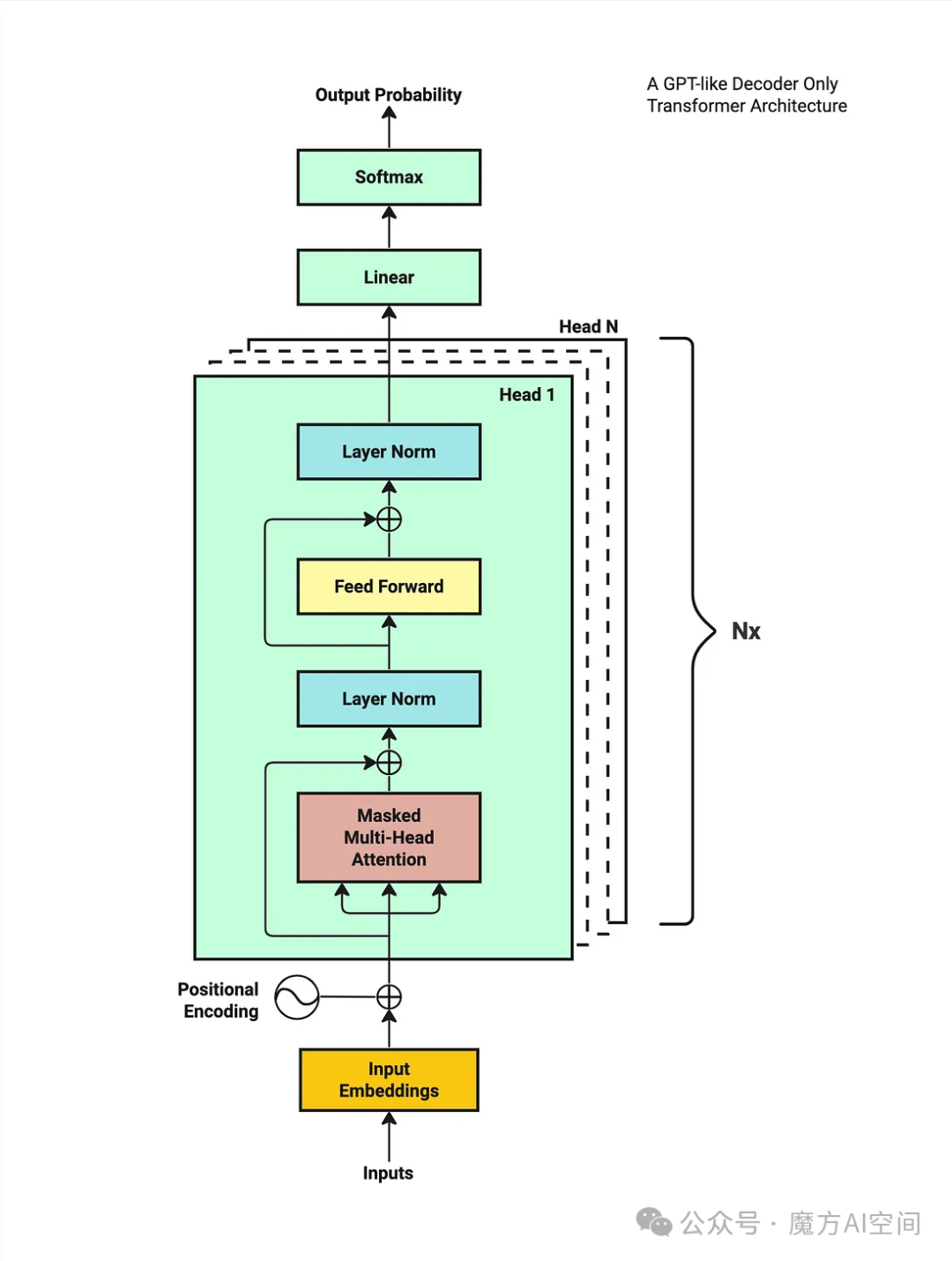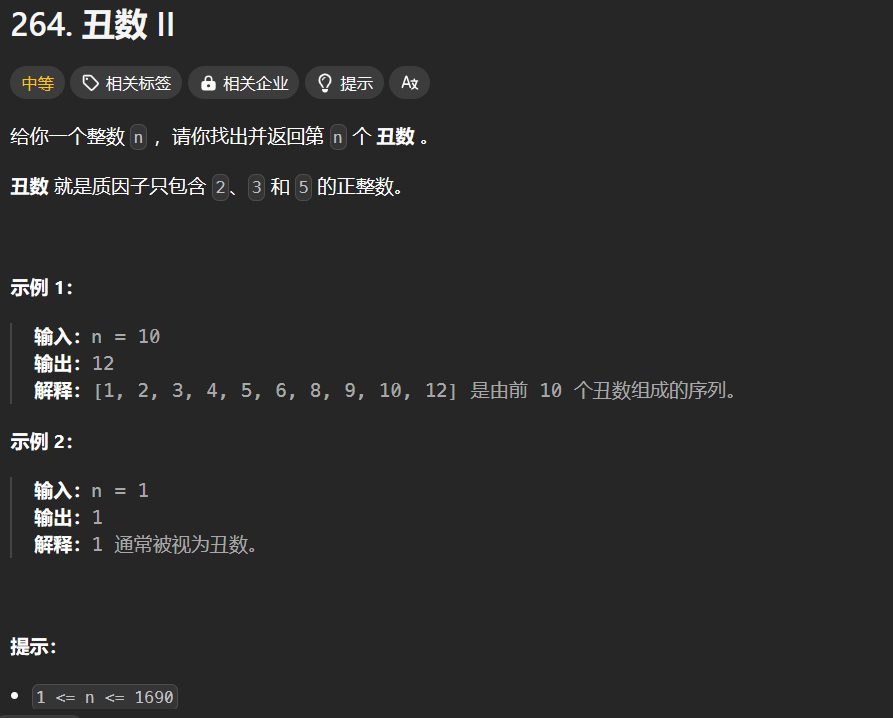设计目标:
写RGB LED灭、亮、闪烁等效果,不同颜色也需要设置
#include <iostream>
#include <unistd.h> // 对于usleep()
#include <fcntl.h> // 对于open(), close()
#include <sys/ioctl.h> // 对于ioctl()
#include <linux/gpio.h> // GPIO相关宏定义
// 假设已经有了设置GPIO和PWM的函数,这里仅展示GPIO输出设置
void set_gpio_output(int gpio_chip, int offset, bool value) {
// 注意:这里只是一个框架,实际实现需要根据系统和GPIO库
// 创建一个到GPIO设备的文件描述符
int fd = open("/dev/gpiochip" + std::to_string(gpio_chip), O_RDWR);
if (fd < 0) {
std::cerr << "Failed to open GPIO chip device" << std::endl;
return;
}
// 设置GPIO方向为输出
struct gpiolib_direction_request req = {
.line_offset = offset,
.flags = GPIOLIB_SET_DIRECTION_OUT,
.values[0] = value, // 初始值
};
if (ioctl(fd, GPIOLIB_SET_DIRECTION, &req) < 0) {
std::cerr << "Failed to set GPIO direction" << std::endl;
close(fd);
return;
}
// 如果想改变GPIO的值,可以再次使用ioctl()或libgpiod提供的函数
// 注意:这里我们假设GPIO的值已经在设置方向时初始化了
close(fd);
}
int main() {
// 假设GPIO芯片号为0,引脚偏移量为9(红色LED)、10(绿色LED)、11(蓝色LED)
int gpio_chip = 0;
int red_pin = 9;
int green_pin = 10;
int blue_pin = 11;
// 打开红色LED
set_gpio_output(gpio_chip, red_pin, true);
sleep(1); // 等待一秒
// 关闭所有LED
set_gpio_output(gpio_chip, red_pin, false);
set_gpio_output(gpio_chip, green_pin, false);
set_gpio_output(gpio_chip, blue_pin, false);
// 注意:这里没有实现PWM控制,因为PWM控制通常涉及更复杂的设置
// 可能需要使用专门的PWM库或系统调用来控制PWM
return 0;
}
// 注意:
// 1. 上面的代码使用了"/dev/gpiochip"和GPIOLIB_SET_DIRECTION,这些在标准的Linux系统中并不存在。
// 需要使用如libgpiod或其他GPIO控制库来正确设置GPIO。
// 2. PWM控制通常涉及对`/sys/class/pwm/pwmchipX/pwmY/`目录的写入操作,或者使用专门的PWM库。
// 3. 错误处理非常基础,实际应用中需要更完善的错误处理和资源管理。
对于PWM控制,你需要查找你的Linux发行版和硬件平台支持的PWM控制方法。通常,这涉及到对/sys/class/pwm/目录下的文件进行操作,或者使用专门的PWM库。
当然,我们可以将上述代码拆分成多个.cpp和.h文件,以便更好地组织和管理代码。以下是一个简单的拆分示例:
1. GpioPin.h
这个文件定义了GpioPin和PwmPin的接口。
// GpioPin.h
#ifndef GPIO_PIN_H
#define GPIO_PIN_H
#include <memory>
class GpioPin {
public:
virtual ~GpioPin() {}
virtual void set_direction(bool output) = 0;
virtual void write(bool value) = 0;
};
class PwmPin : public GpioPin {
public:
virtual ~PwmPin() {}
virtual void set_frequency(int freq) = 0;
virtual void set_duty_cycle(double percentage) = 0; // 百分比,0.0到1.0
};
// 工厂函数声明(通常放在其他文件中实现,或者作为类的静态方法)
std::unique_ptr<GpioPin> create_gpio_pin(int gpio_chip, int offset);
std::unique_ptr<PwmPin> create_pwm_pin(int pwm_chip, int pwm_device);
#endif // GPIO_PIN_H
2. RgbLed.h
这个文件定义了RgbLed类。
// RgbLed.h
#ifndef RGB_LED_H
#define RGB_LED_H
#include "GpioPin.h"
#include <thread>
#include <chrono>
class RgbLed {
public:
RgbLed(std::unique_ptr<GpioPin> red, std::unique_ptr<GpioPin> green, std::unique_ptr<GpioPin> blue)
: red_(std::move(red)), green_(std::move(green)), blue_(std::move(blue)) {}
void off();
void on(int r, int g, int b); // 假设r, g, b是0到255的整数
void blink(int r, int g, int b, int interval_ms);
// 注意:呼吸效果在这里不实现,以保持示例简洁
private:
std::unique_ptr<GpioPin> red_;
std::unique_ptr<GpioPin> green_;
std::unique_ptr<GpioPin> blue_;
};
#endif // RGB_LED_H
3. RgbLed.cpp
这个文件包含RgbLed类的实现。
// RgbLed.cpp
#include "RgbLed.h"
void RgbLed::off() {
red_->write(false);
green_->write(false);
blue_->write(false);
}
void RgbLed::on(int r, int g, int b) {
// 简单的开关控制,不考虑PWM
red_->write(r > 0);
green_->write(g > 0);
blue_->write(b > 0);
}
void RgbLed::blink(int r, int g, int b, int interval_ms) {
while (true) {
on(r, g, b);
std::this_thread::sleep_for(std::chrono::milliseconds(interval_ms));
off();
std::this_thread::sleep_for(std::chrono::milliseconds(interval_ms));
}
}
4. GpioPinFactory.cpp(或其他实现文件)
这个文件将包含create_gpio_pin和create_pwm_pin的实现,但注意这里只是声明,因为具体实现将依赖于你的硬件和使用的库。
// GpioPinFactory.cpp(示例,实际实现将更复杂)
#include "GpioPin.h"
std::unique_ptr<GpioPin> create_gpio_pin(int gpio_chip, int offset) {
// 伪代码:你需要根据你的硬件和库来实现这个
// 返回一个GpioPin对象,可能是通过某种方式初始化的
return nullptr; // 这里只是示例,实际应该返回一个有效的GpioPin对象
}
std::unique_ptr<PwmPin> create_pwm_pin(int pwm_chip, int pwm_device) {
// 伪代码:同上
return nullptr; // 实际应该返回一个有效的PwmPin对象
}








































